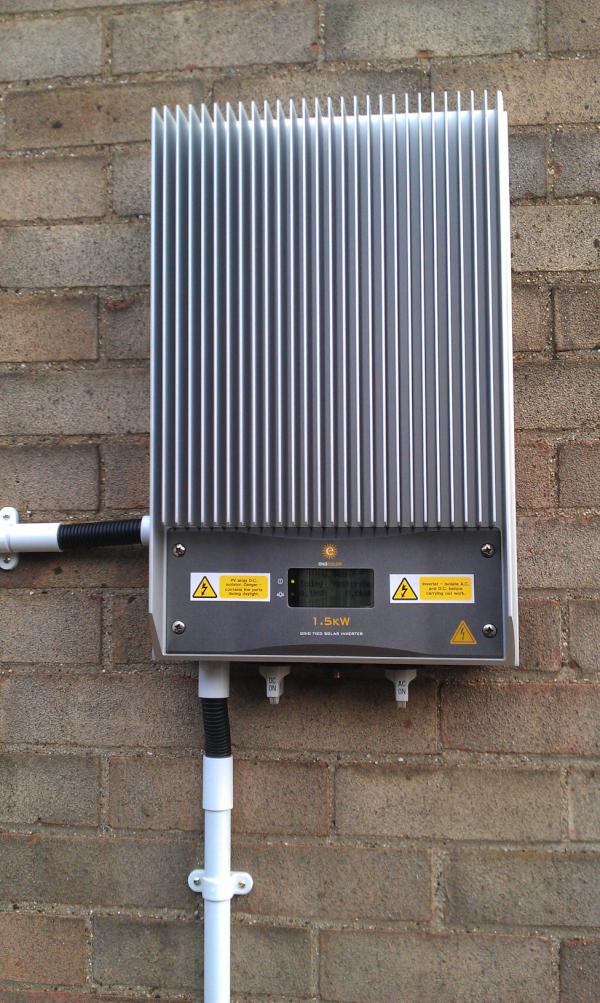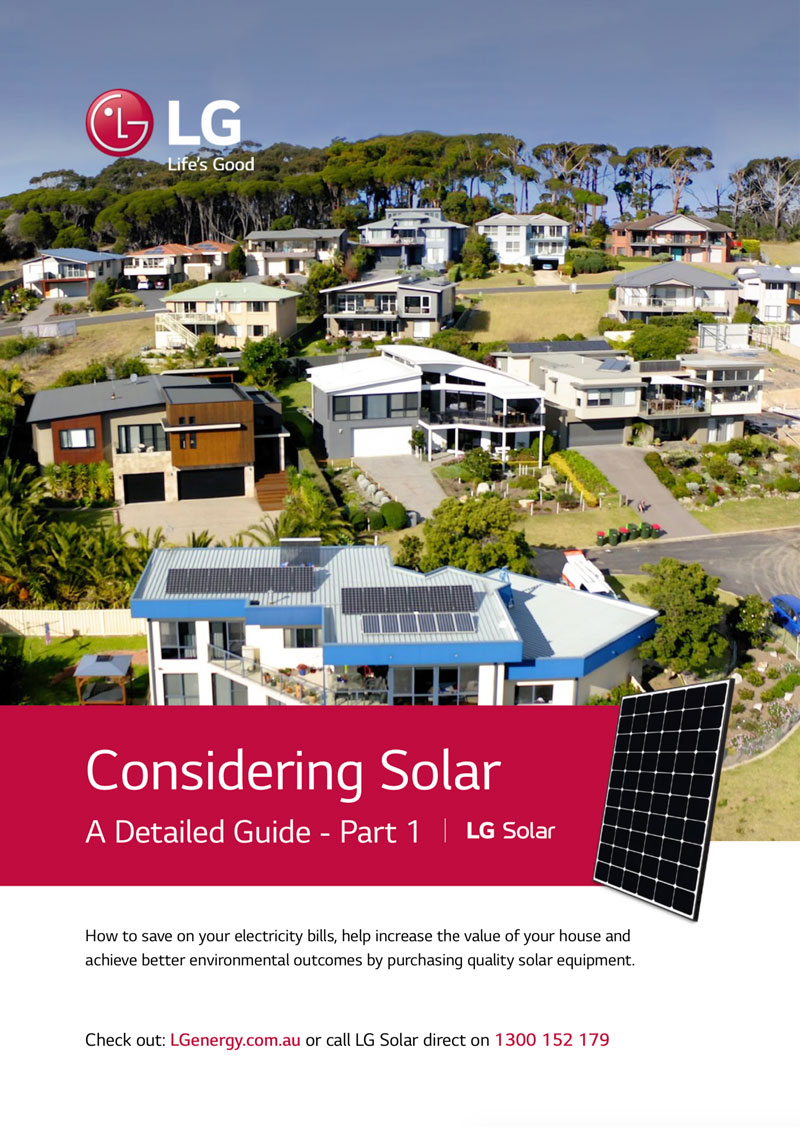What are the different types of inverters available?
There are a number of different type of inverters available depending the end use. Grid tie inverters are commonly referred to as central solar inverters. These inverters are recommended if you get your primary electric source from your local utility company because they use your utility company as a backup energy source at night.
There are two main types of central solar inverters:
- Transformer type inverter or
- Transformer-less type.
Transformer based solar inverters
The traditional inverters were transformer based and used to boost the voltage of the electricity produced by the solar panels to the same as the mains electricity supplied from the grid. They are simple to make, slightly heavy in weight and also tend to be less efficient in converting the energy. Due to the design they tend to make a humming noise which can disturb you if installed near your bedroom.
|
Also micro inverters have the potential to give more detailed monitoring data as they monitor each individual panel compared to string inverter, which monitors the complete system. One negative of micro inverters is that the cost of the number of micro inverters together iscurrently higher than the cost of astring inverter. Both inverter options can create a quality system. |
|
Transformer-less solar inverters
Transformer-less solar inverters dominate the Australian and NZ market today. They are digital in nature making them lighter, more efficient and react faster to the power changes. Most of the quality transformer-less inverters have an efficiency between 95% to 99%.
You should look at the specification sheet or product brochure before you buy an inverter as part of your system.
There is now a new type of inverter emerging, called a micro-inverter. There are potential benefits, in regards to installation wiring and overshadowing issues, nevertheless micro inverters can be more expensive than a central inverter. Also if there is a problem central inverters can be fixed usually near the switchboard were they are often installed, while micro inverters are on the roof and need to be exchanged from that location, which can be more labour intensive. It is expected that micro inverters will drop in price over the next years, giving the string inverters strong competition.
Both types, of inverters, if quality manufacturers are chosen can give you a long lasting quality solar system.


